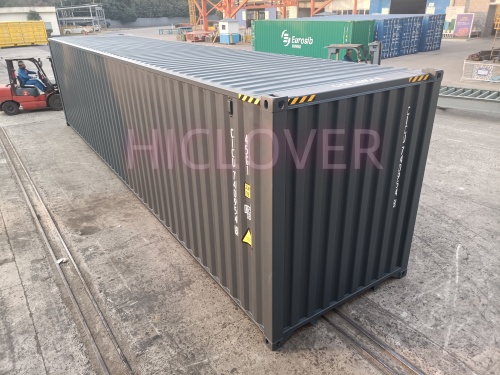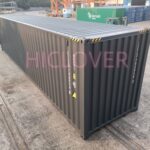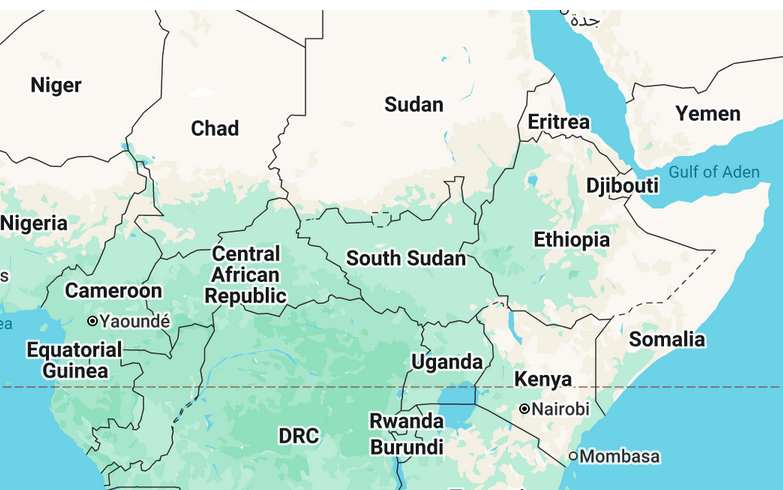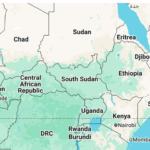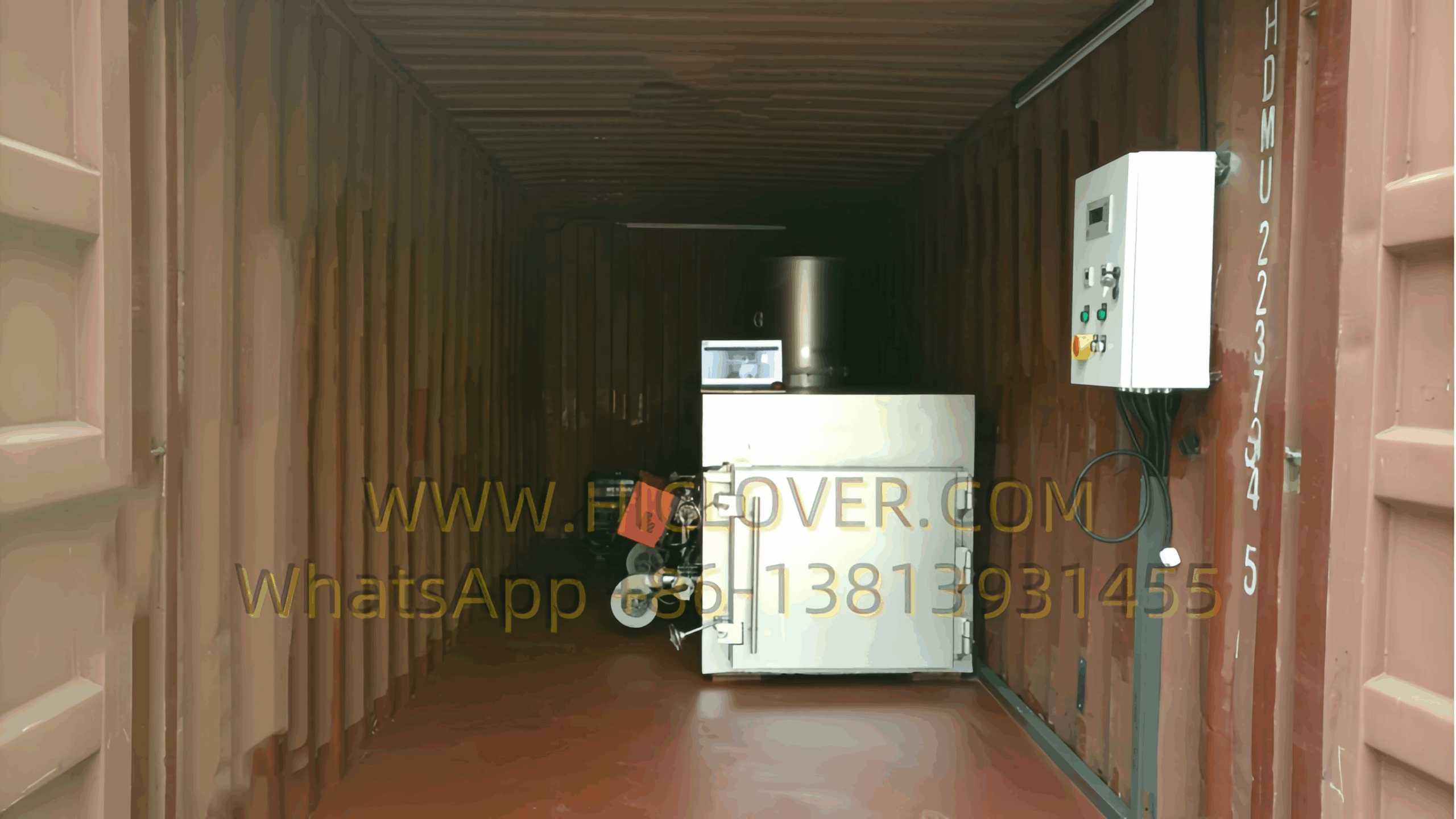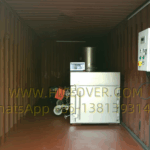HICLOVER Containerized Incinerators for Biohazard Waste Treatment
HICLOVER Containerized Incinerators for Biohazard Waste Treatment
As part of its mandate to improve health and environmental safety, UNOPS is sourcing two high-capacity, containerized biohazard waste incinerators for its operations in South Sudan. These units must enable the safe on‑site destruction of biological samples and materials that pose risks to human health and the environment. HICLOVER’s TS200 and TS300 models are ideally suited to meet these requirements.
Why HICLOVER Incinerators Are the Right Choice
-
Containerized, Plug‑and‑Play Design
• Delivered in a single ISO container for rapid deployment
• No permanent foundation required—ideal for remote or emergency field sites
• Secure, weather‑resistant steel enclosure protects internal systems -
Top‑Loading Combustion Chamber
• Large top‑loading door simplifies batch feeding of bulky biohazard waste
• Reduces operator exposure and speeds up loading cycles
• Optional front or side feeding doors available for site‑specific workflows -
Reliable PLC‑Automatic Control
• Fully automated temperature and combustion control via 3.7″ LCD interface
• Intelligent sensors maintain high‐temperature retention (HTR) and adjust fuel use
• Automatic false‑alarm detection and system testing ensure continuous operation -
High‑Temperature Dual‑Chamber Combustion
• Primary chamber reaches 800–1,000 °C; secondary chamber maintains 1,000–1,300 °C for a 2‑second residence time
• Eliminates bacteria, viruses, and prions in pathological waste, sharps, and animal by‑products
• Refractory‑lined chambers (1750 °C grade, ≥115 mm thickness) guarantee durability under heavy use -
Fuel Flexibility and Efficiency
• Standard diesel burner (Italy brand) with optional natural gas support
• Intelligent fuel‑saving mode reduces operating costs during low‑load periods
• TS200 consumes approximately 22 kg of oil per hour; TS300 consumes 28 kg per hour -
Environmental Compliance and Safety
• Stainless‑steel chimney (8 m height) or refractory‑lined stack (1 m) ensures proper dispersion of flue gases
• Optional wet scrubber and particulate filter modules available to meet strict local or donor‑mandated emission standards
• Fully sealed loading and ash‐removal doors contain odors and prevent fugitive emissions
Model Specifications
HICLOVER TS200 (PLC‑Automatic)
-
Average Burn Rate: 180 kg/hour
-
Feed Capacity: 200–250 kg per batch
-
Primary Chamber Volume: 1.98 m³ (1,980 L)
-
Secondary Chamber Volume: 0.8 m³ (800 L)
-
Internal Dimensions: 1,650 × 1,200 × 1,000 mm
-
Power Supply: 220 V (2 kW; 8 kW if scrubber installed)
-
Fuel Consumption: Diesel 22 kg/hour or natural gas 25 m³ n/hour
-
Control: PLC with 3.7″ LCD, corundum probe (1,600 °C rating), automatic cooling, alarm systems
-
Oil Tank: 400 L with level display
-
Gross Weight: 8,000 kg
-
External Dimensions: 3,800 × 1,700 × 1,600 mm (excluding chimney)
HICLOVER TS300 (PLC‑Automatic)
-
Average Burn Rate: 220 kg/hour
-
Feed Capacity: 250–350 kg per batch
-
Primary Chamber Volume: 2.4 m³ (2,400 L)
-
Secondary Chamber Volume: 1.0 m³ (1,000 L)
-
Internal Dimensions: 2,000 × 1,200 × 1,000 mm
-
Power Supply: 220 V (2 kW; 8 kW if scrubber installed)
-
Fuel Consumption: Diesel 28 kg/hour or natural gas 32 m³ n/hour
-
Control: PLC with 3.7″ LCD, corundum probe, automatic cooling, alarm systems
-
Oil Tank: 400 L with level display
-
Gross Weight: 10,000 kg
-
External Dimensions: 4,200 × 1,700 × 1,600 mm (excluding chimney)
Both models carry CE and ISO 9001:2015 certification and offer optional features such as pre‑heat fuel saving, dual‑fuel capability, automatic ash removal, and mobile container/trailer mounting.
Meeting UNOPS Objectives
By selecting HICLOVER TS200 or TS300 incinerators, UNOPS South Sudan will benefit from:
-
On‑site biohazard destruction aligned with WHO and UN environmental health guidelines
-
Rapid deployment with minimal civil works and commissioning time
-
Operator safety through intelligent controls and top‑loading design
-
Long‑term reliability supported by durable refractory materials and global spare‑parts availability
-
Reduced lifecycle costs via fuel‑saving functions and PLC‑optimized combustion
For further information, detailed technical data sheets, or shipping arrangements to South Sudan, please contact HICLOVER at [email protected] or visit www.hiclover.com.
Choose HICLOVER for proven, high‑performance biohazard waste incinerators that safeguard health and protect the environment.
